Avian Ancestors: Dinosaurs That Learned to Fly
Microraptor
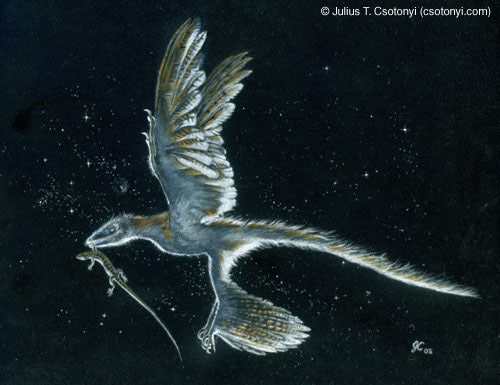
Like Archaeopteryx, Microraptor was about the size of a crow and had teeth, claws and feathers on all four limbs that it may have used to glide between trees. However, it is more closely related to dinosaurs than to birds, and many scientists believe that this 124 million-year-old dinosaur may be the long-sought missing link between the two groups.
Ornithomimus
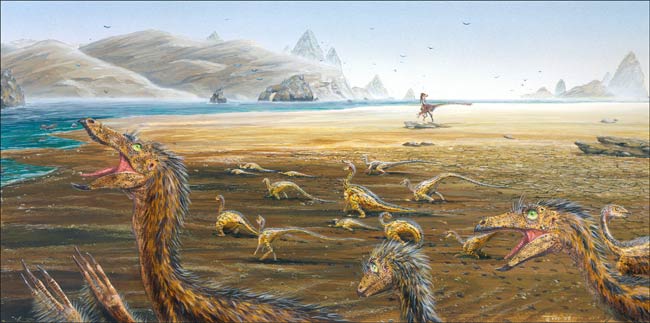
Ornithomimus, whose name means "bird-mimic," was an ostrich-like dinosaur that lived approximately 70 million years ago. It was about 10-15 feet long — most of which was taken up by its neck and tail — and had a horny beak, a small head and hollow bones. It was fast and agile, and may have been able to run at speeds of up to 70 mph as fast as a cheetah.
Oviraptor

Oviraptor was a small bird-like animal that lived about 80 million years ago. It had long slender legs, squat, strong arms, and a short toothless beak. It also had a small horn-like crest that it probably used for mating displays. Its name in Latin means "egg thief," because the first Oviraptor fossil ever discovered was found near what was thought to be a Protoceratop's nest. However, closer analysis later revealed that the nest contained Oviraptor eggs. This has lead to Oviraptor's image-makeover in recent years from that of an egg snatcher to a nurturing parent.
Rahonavis
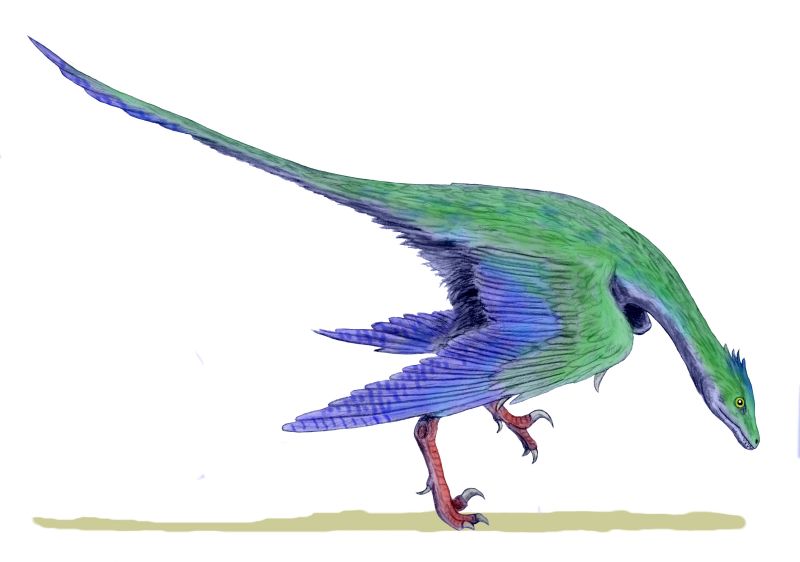
This raven-sized animal belonged to the same group of dinosaurs as Velociraptor, but it had many bird-like features. Rahonavis lived about 80 million years ago and had a retractable "sickle-claw" on the middle toe of each foot. It had feathered wings like a bird but a long bony tail like Archaeopteryx.
Sinornis santensis
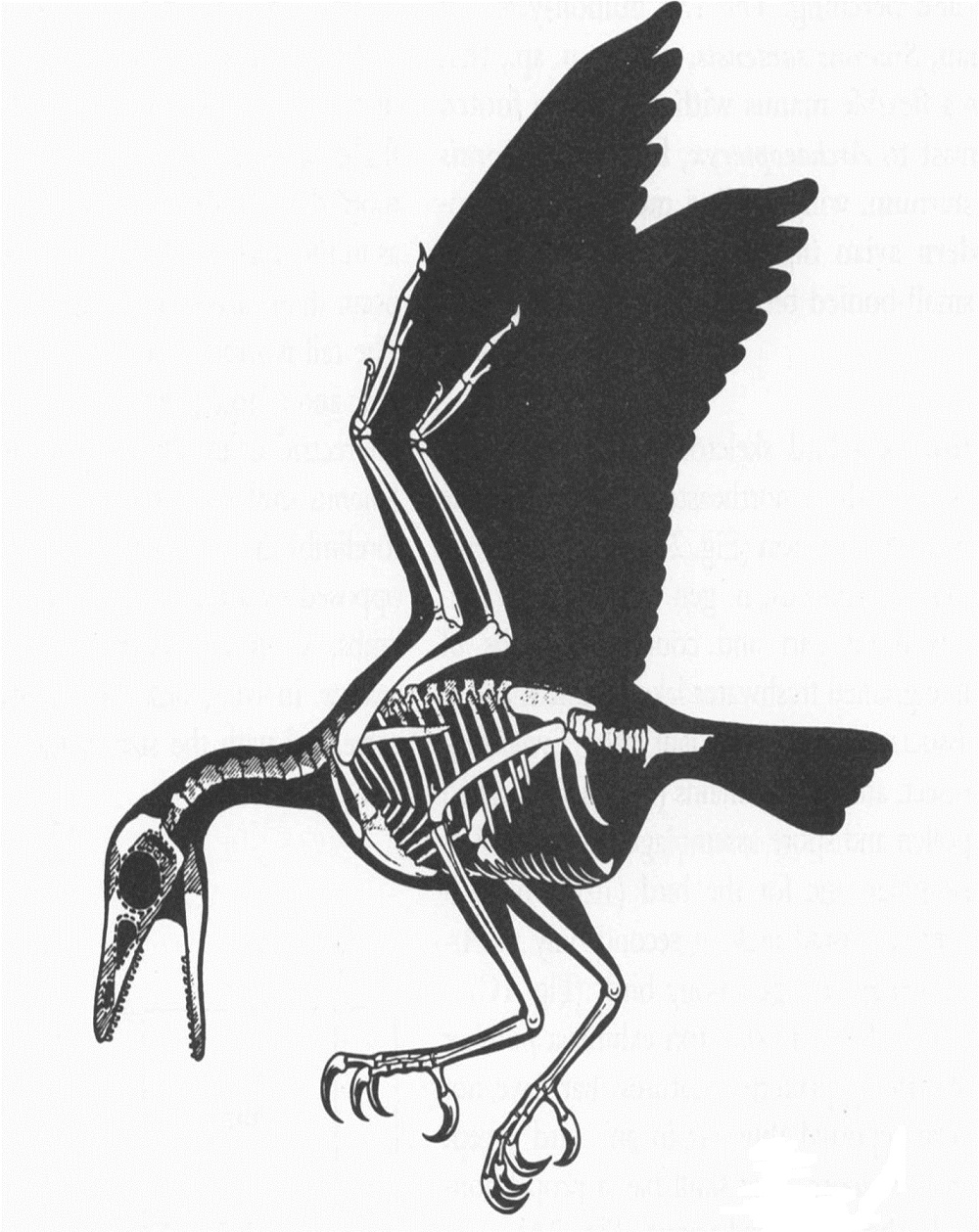
About the size of a sparrow, Sinornis santensis lived about 135 million years ago and was probably an excellent flier that was capable of sustained flight. It’s slender legs and sharp claws were ill-equipped for walking but it was able to perch and to skitter up and down trees. It was more bird-like than its ancestor Archaeopteryx, but it still had teeth and a short snout instead of a true beak.
Sinornithosaurus
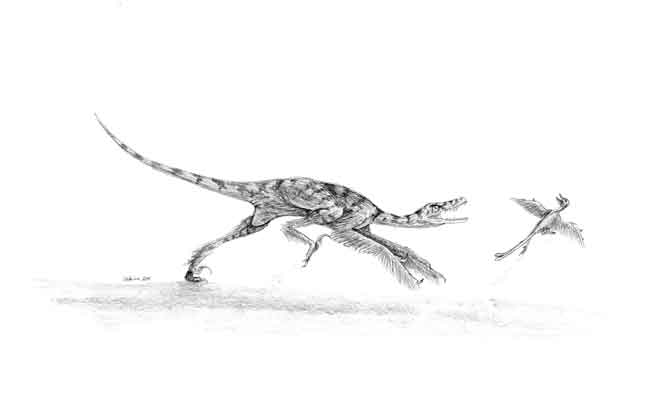
Sinornithosaurus was the fifth and most bird-like feathered dinosaur species ever to be discovered. It lived about 125 million years ago and was a dromaeosaurid. Its discovery strongly suggests that other dromaeosaurids may have also had feathers. Some scientists believe that its discovery is proof that feathers first developed in quick-footed, ground-dwelling dinosaurs, instead of those that lived in trees.
Sinosauropteryx

Like Micropteryx, Sinosauropteryx was more closely related to dinosaurs than to birds, and yet it clearly had feathers. It was about 3 feet long and lived in China about 125 million years ago. It had long legs, short arms, a long bony tail and it probably ate insects and small animals.
Get the world’s most fascinating discoveries delivered straight to your inbox.
Troodon
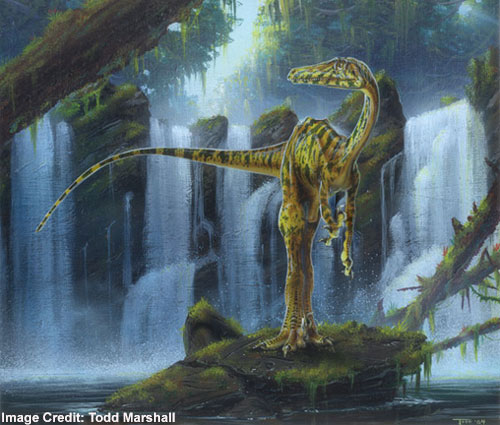
Troodon had one of the largest brain-to-body size ratios of any known dinosaur and it is believed to have been one of the most intelligent dinosaurs that ever lived. Its large, slightly forward facing eyes suggest that it was a nocturnal creature with excellent depth perception and it had long arms that it could fold back like a bird. It lived about 70 million years ago.
Velociraptor

Velociraptor is one of the most bird-like dinosaurs ever discovered. It was small and fast, and the sickle-shaped claw on the second toe of each foot made it a formidable predator. A special bone in its wrist allowed it to swivel its wrist sideways in a flapping motion and to fold its arm against its body like a bird. This motion allowed it to snap its arms forward to grab fleeing prey and is an important part of the flight stroke in modern birds.



